Harmonic Analysis (RMA) Worksheet for the song: "Everybody Loves Somebody".
Harmonic Analysis (RMA) Worksheet for the song: Everybody Loves Somebody.
Everybody Loves Somebody is a song written in 1947 by Irving Taylor and pianist Ken Lane, and made famous by Dean Martin who recorded and released his version in 1964.
Although written almost 20 years earlier, by 1964 the song had already been recorded by several artists—including Frank Sinatra—but without much success. Lane was playing piano for Dean Martin on his Dream with Dean LP sessions, and with an hour or so of studio time left and one song short, Lane suggested that Martin take a run at his tune. Dean was agreeable, and the small combo of piano, guitar, drums, and bass performed a relatively quiet, laid-back version of the song (coincidentally, Martin had sung it almost 20 years earlier on Bob Hope's radio show in 1948, and also on Martin and Lewis's NBC radio program at about the same time). Almost immediately Martin re-recorded the song for his next album, this time with a full orchestra and chorus. His label, Reprise Records, was so enthusiastic about the hit potential of this version they titled the LP Everybody Loves Somebody to capitalize on it. (wikiwand)
Although still a major recording artist, Dean Martin had not had a top 40 hit since 1958. With the British Invasion ruling the U.S. charts, few had hopes that an Italian crooner who had been singing mainly standards for almost 20 years would sway many teenagers. Martin resented rock n' roll, and his attitude created conflict at home with his 12-year-old son Dean Paul Martin, who like many young people at the time worshipped pop groups like The Beatles. He told his son, "I'm gonna knock your pallies off the charts," and on August 15, 1964 he did just that: "Everybody Loves Somebody" knocked The Beatles' "A Hard Day's Night" off the No. 1 slot on Billboard, going straight up to the top of both the Billboard Hot 100 and the Pop-Standard Singles chart, the latter for eight weeks. (wikiwand)
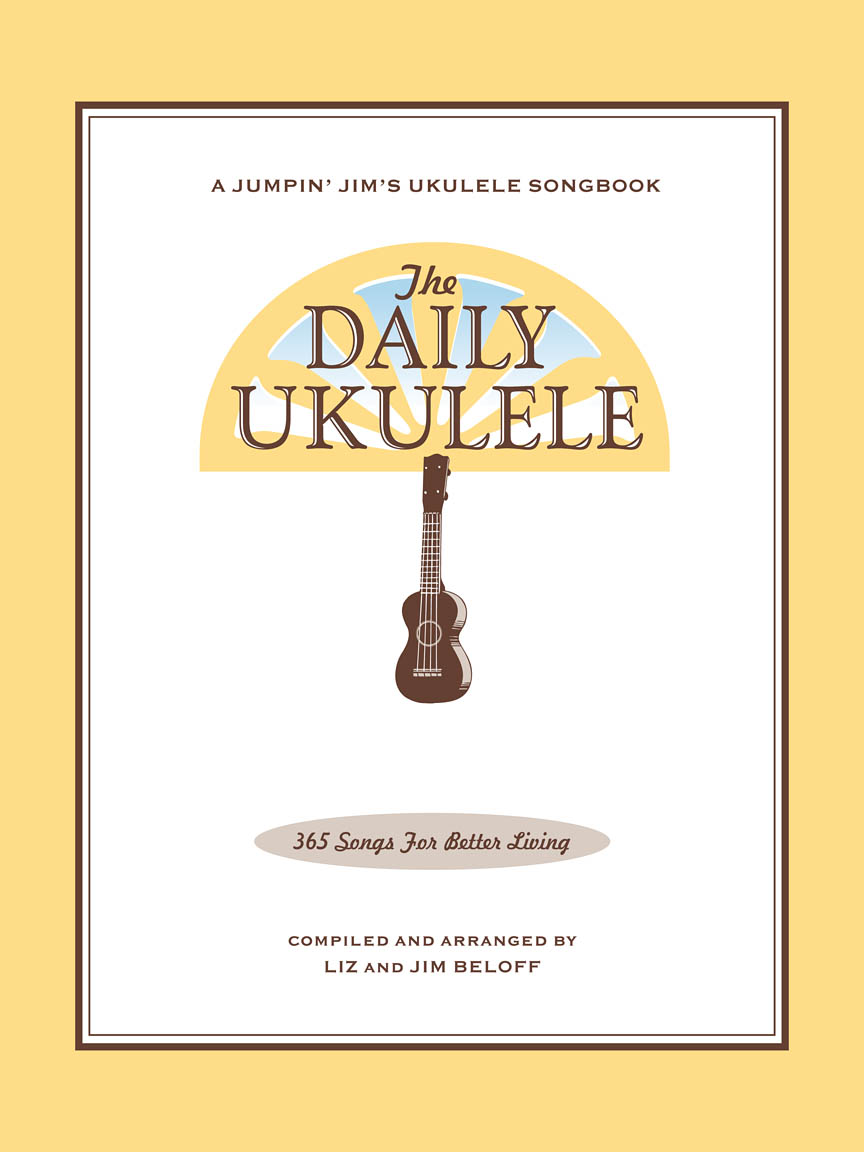
The Daily Ukulele— 365 Songs for Better Living book.














You can ignore single beat, chromatic approach chords for analysis.
Fine
D.C. (2nd ending) al Fine
A Harmonic Analysis (RMA/HA) and its worksheet are intended to show the function of the chords, the harmonic principles used, the keys and tonalities the song explores. And, can be used for scale selections and chord and scale substitutions.
lead leadsheet.Minimal roadmap information such as repeats, fine, D.S., D.C., and codas has been used in preparing the worksheets to somewhat mirror the leadsheet in the Daily Ukulele book.
Yellow Book. You should start to recognize that 1st endings typically always return to a previous verse or an
 section. With a 2nd ending, a transition to a different part of the song, a
section. With a 2nd ending, a transition to a different part of the song, a  or chorus. Harmonic Principles are used for these repeats and transitions.
or chorus. Harmonic Principles are used for these repeats and transitions.- Everybody Loves Somebody is in 4/4, Common Time and the Key of C . The most famous and Dean Martin's signature song is in the Key of Eb , Tempo: 119 bpm
- Full Diatonic
- Partial Diatonic • Full Diatonic includes Secondary Dominant chords
- Chromatic
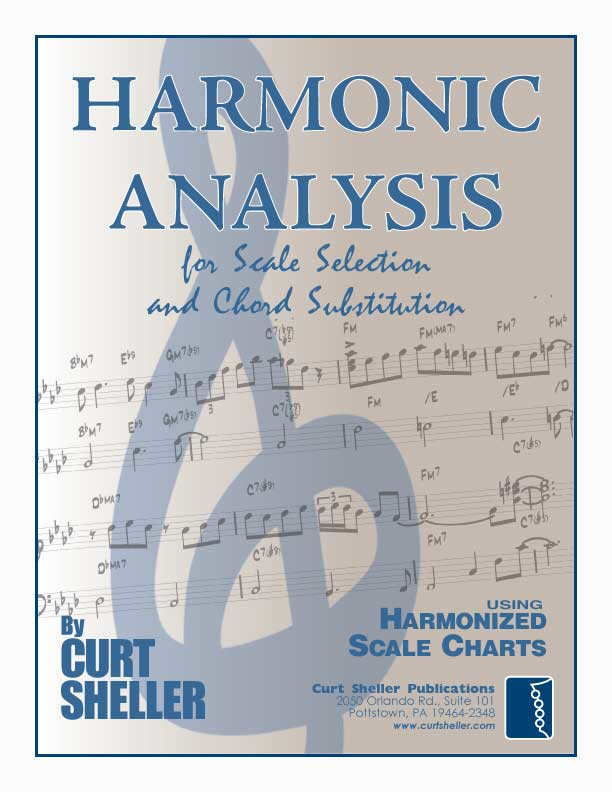
Contemporary Scales: Minor Pent: Minor Pentatonic, Pent: Major Pentatonic, Blues,
Scale/Mode Names: Ion: Ionian (Major), Dor: Dorian (Minor), Phrygian: Phrygian, Lyd: Lydian, Mix: Mixolydian (Dominant), Aeol: Aeolian (Natural Minor), Loc: Locrian
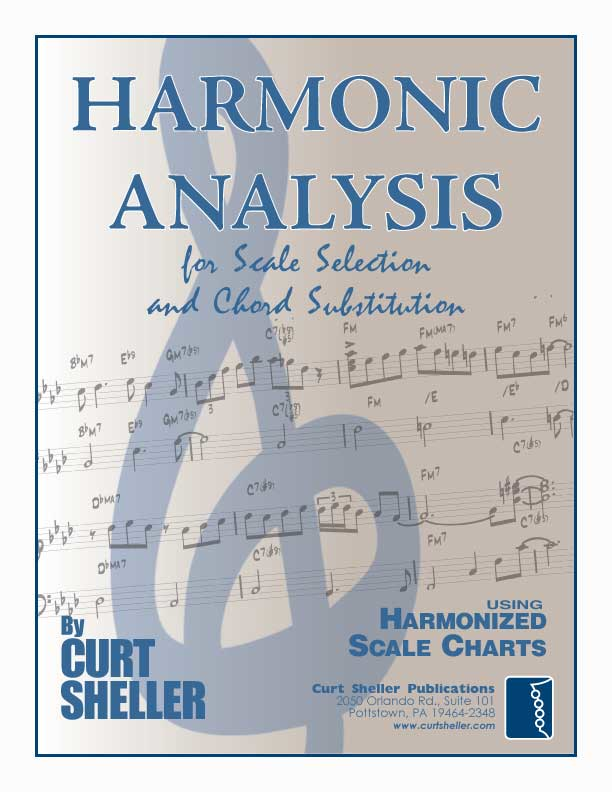

Related Lessons, Videos, Lesson Series, Songs, Books & Reference Charts, Resources & Assets, Workshops are below.
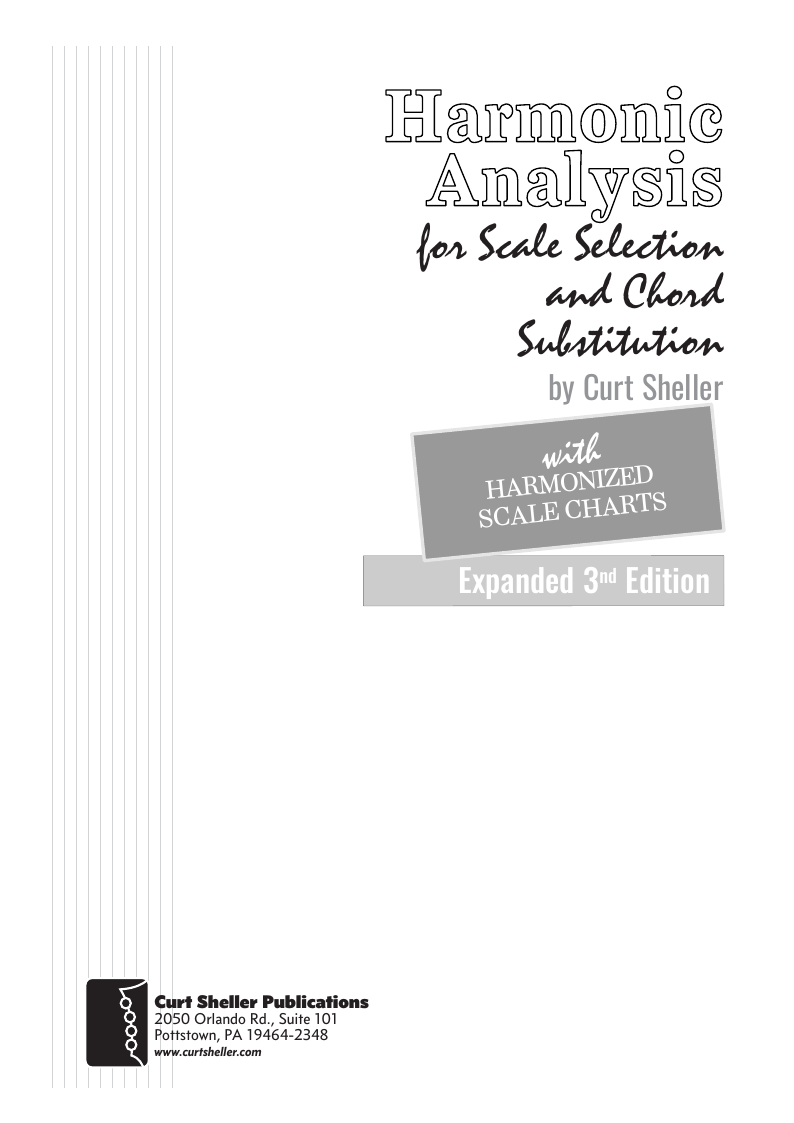
Harmonic Analysis ( HA ) is the process used to determine the harmonic function of chords within a chord progression. A chord progression is defined as a sequence of chords, each chord has a root and has a particular chord type. The relationship of a chord's root to a scale determines its function within that scale's tonality. Once a chord's function is identified, scale selections along with chord and scale substitutions can be made. This process is called Root Movement Analysis ( RMA ). This series of lessons are extracted from my book for use with individual private and on-line students. Each lesson directly corresponds the chapters in my book Harmonic Analysis for Scale Selection and Chord Substitution by Curt Sheller (me).

Harmonic Analysis (HA), also known as the study of chord relationships, is the method used to identify the harmonic role of chords within a chord progression or song. A chord progression refers to a sequence of chords, with each chord having a root note and belonging to a specific chord type. The function of a chord within a particular scale's tonality is determined by its relationship to that scale.

Harmonic Analysis is the understanding of the functional sequence of chords. It is the process used to analyze the harmonic structure of a progression, song or composition. This analysis is then used to make scale selections for improvisation and chord substitution.
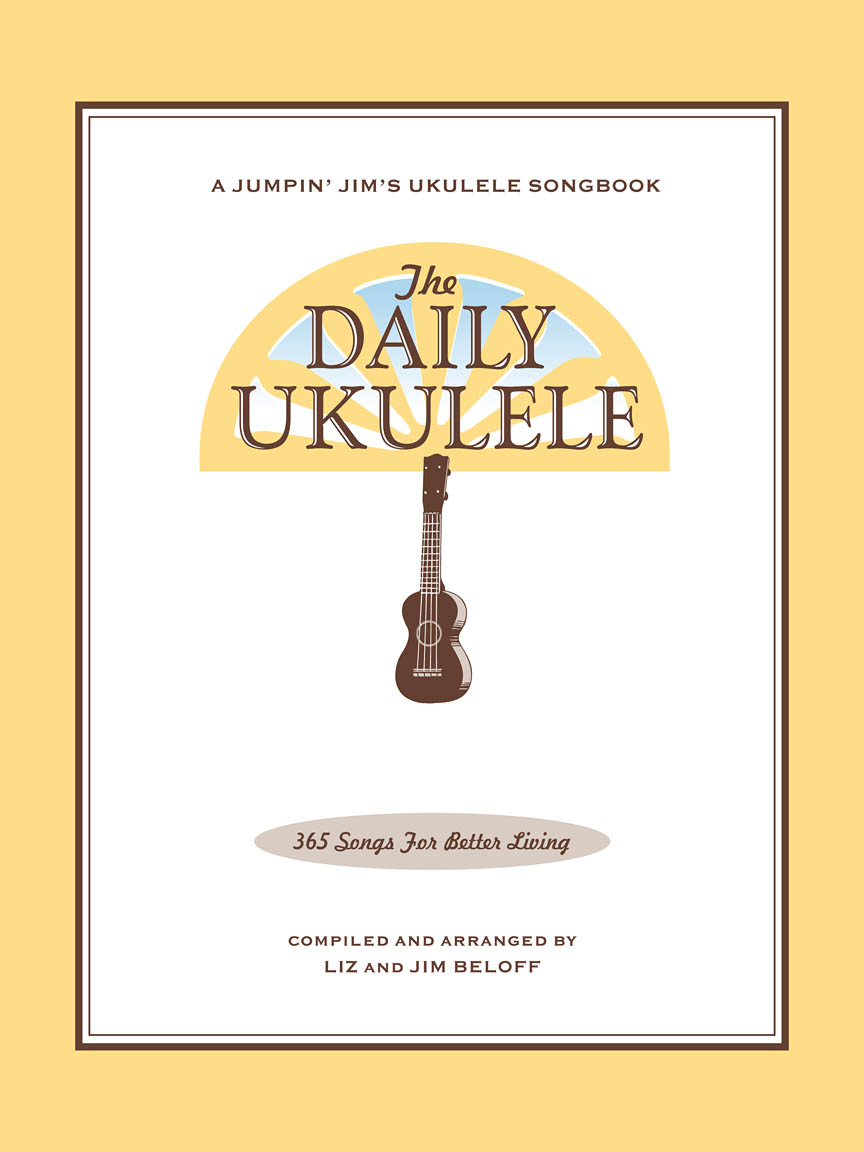
Strum a different song every day with easy arrangements of 365 of your favorite songs in one big songbook! The Daily Ukulele features ukulele arrangements with melody, lyrics and uke chord grids and are in ukulele-friendly keys that are particularly suited for groups of one to one hundred to play and sing.
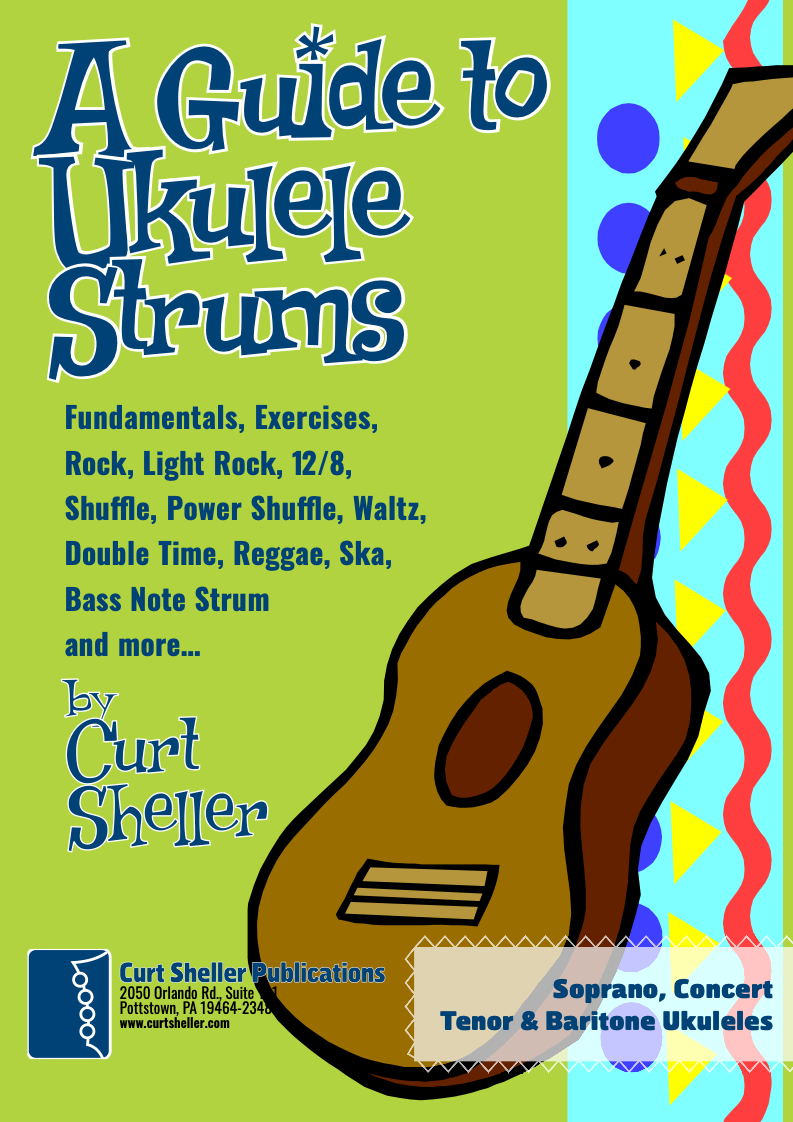
Learn a variety of strums and rhythmic patterns in wide range of musical styles. One of the first skills a ukulele player learns is the art and craft of strumming, playing rhythm. This refers to an accompaniment technique suitable for the singer, singer - songwriter or someone who plays a support role for another instrument.

Finally, learn the names of the notes of the ukulele fingerboard in C tuning .

Learn the six fingering principles to navigating the ukulele fingerboard. Fingering is one of the most universal topics. Book: Six Secrets of the Ukulele Fingering

Harmonic Analysis is the understanding of the functional sequence of chords. It is the process used to analyze the harmonic structure of a progression, song or composition. Book: Harmonic Analysis for Scale Selection and Chord Substitution

Learn to read single note melodies in the first/open position is a lot easier than you might think. Book: Ukulele – Reading Music Series – Primer

An organized collection of daily practice and reference material for the contemporary ukulele player for developing the vocabulary and knowledge necessary for single note playing. Book: Daily Practice Material for the Contemporary Ukulele
Checkout the Books & Reference Charts for additional Handy, Dandy Reference Charts.

Ukulele Fingerboard Chart for C Tuning, Low or High G – G C E A

Ukulele Fingerboard Chart for G Tuning, Low or High A – D G B E

A handy reference chart of all 15 major and relative minor key signatures. US Letter 8.5 x 11 sized (ANSI-A), A4
Checkout the Books & Reference Charts for additional Handy, Dandy Reference Charts.







.jpg)